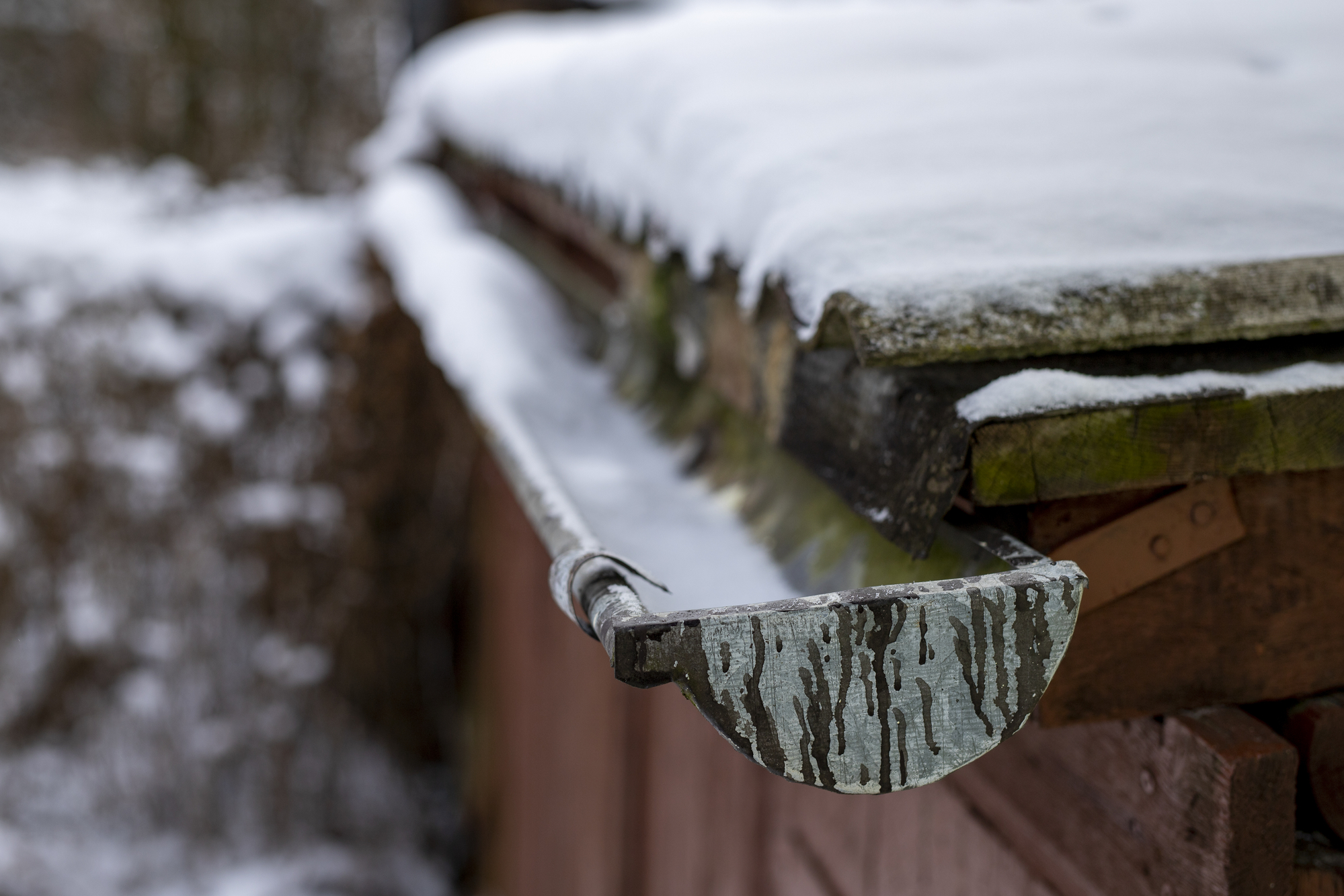We know it’s only fall, but it’s not too soon to think about preparing your home for winter. We’ve assembled this list of 10 tips to help you get your home ready for the colder weather.
1. Check your roof
Inspect your roof for loose or missing shingles, cracked shingles, or other physical damage. You’ll also want to look for flashings that are damaged or not in place. While inspecting your roof, safety is your number one concern, so be sure to use a ladder properly and tie-off if you are on a roof with a steep slope.
Inside the house, check your attic for signs of water damage. This would include mold or mildew growth, stains, rotting wood, etc.
If you see signs of a leak or roof damage, either inside or outside, call a professional roofer out to assess the situation. They can also come out to inspect your roof if you aren’t able to.
2. Clean gutters and downspouts
With all the rain we get in the Northwest, it’s a must to clean your gutters before the wet weather hits. Dirt and debris prevent water drainage, which can lead to backups that could damage your roof and its structure.
3. Flush the sprinkler system
If you have a landscaping sprinkler system, you’ll need to shut the water off and drain the system to prevent freezing. Shut off the main water valve, then turn the system on to remove any water still left in the lines.
4. Move outdoor plants and furniture
Outdoor plants should be moved inside or to the garage, where the climate is milder. Outdoor furniture should be cleaned and stored away to prevent damage and to keep it clean.
5. Check seals around doors and windows
Inspect the sealant around your doors and windows, both inside and outside. Make sure weatherstripping is intact around outside doors and that windows are completely caulked. You can add more caulking to prevent air leaks and keep your home nice and warm.
6. Clean the chimney
If you have a fireplace and chimney, make sure to have it inspected and cleaned by a professional chimney sweep before you burn your first fire of the season. If you don’t have it cleaned, you risk debris in the chimney catching fire and potentially damaging your home.
7. Replace the air filter in furnace
It’s a good idea to replace the air filter in your furnace before the heating season starts. Filters reduce the dust, dirt, and pollen in the air. Some recommend changing them every three months, some every month. If you’re not sure how to do it, contact a professional HVAC technician to show you how.
8. Schedule annual service on your furnace
In addition to changing the filter on your furnace, you should contact an HVAC technician to perform an annual service and inspection. They’ll make sure everything is running right and test your heating before you need it.
9. Test smoke and carbon monoxide detectors
Make sure that your smoke and carbon monoxide detectors are functioning properly. If needed, change the batteries, or replace the detectors.
10. Insulate exposed pipes
If you have pipes in your basement or crawl space that are exposed and not insulated, add pipe insulation to prevent freezing. Frozen pipes can cause a lot of damage when they thaw. A plumber can help you assess which pipes to cover and do the job for you.
If you have any concerns or questions about preparing your home for winter or what you found during your inspections, we’re here to help. No job’s too small, so don’t hesitate to contact us.



